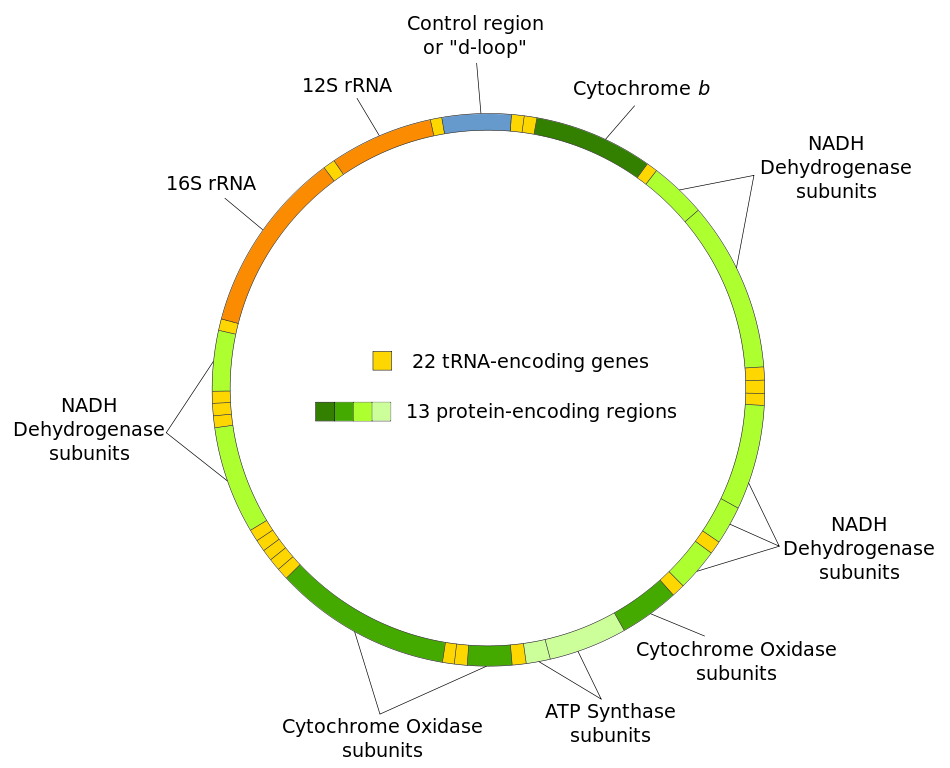Wordclouds are one of the most visually straightforward, compelling ways of displaying text info in a graph.
Of course, we have a lot of web pages (and even apps) that, given an input text, will plot you some nice tagclouds. However, when you need reproducible results, or getting done complex tasks -like combined wordclouds from several files-, a programming environment may be the best option.
In R, there are (as always), several alternatives to get this done, such as tagcloud and wordcloud.








